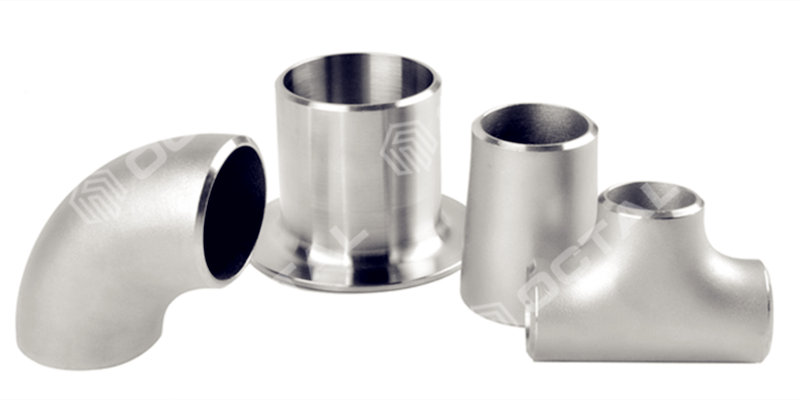The Butt Weld Pipe Fittings Specifications
A butt weld pipe fitting is designed or made to be welded on site at its end(s) in order to connect pipe(s) together as well as allow a change in pipe diameter or direction or ending or branching. This fitting then becomes a part of a system for the trasnportation of fluids, such as gases, liquids, chemicals, gases, steam e.t.c. in a safe as well as efficient manner. Other types of fittings may be socket welded or threaded and it also ought to match the quality standards of the pipe in order to avoid any future chances of deterioration in performance.
In the market, you will find a seamless butt weld pipe fitting which is directly made from a section of a seamless pipe material via the application of heat and pressure in order to transform the pipe directly into an elbow or any other shape. A seamless pipe fitting usually has no welded parts by itself which is a characteristic that is demanded in certain critical situations. A regular butt weld fitting usually has one, two or even more welds depending on shape, dimension and the manufacturing method. No weld typically means a lesser risk of weld yield porosities.

The weld pipe fittings are mainly used wherever liquids, chemicals as well as other fluids and they are applicable in a range of industries. They can be used in the pharmaceuticals and beverage production, semiconductor manufacturing, pulp and paper production, production of plastics and construction materials and the energy related industries. I all these industries, they are used for different applications.
Butt weld pipe fittings are usually measured by their diameter, wall thickness as well as shape or the configuration. They may also be defined by their material grade and whether they are seamless or welded. The North American Standard commonly known as Normal Pipe Size (NPS) is most commonly used whereas there is an international standard also known as Diameter Nominal. All fittings and pipes are usually manufactured in a common standard size all over the world but labelled differently.
Schedule for pipe fittings is often shortened as sch, and this is a North American that refers to the wall thickness of a pipe fitting. The higher schedules mean thicker walls that can resist the higher pressures. The higher schedules are usually heavier and necessitate more material and are hencemore costly to manufacture and install. Also, the fittings are usually at times thicker than their connecting pipe flows due to manufacturing reasons or in order for them to meet the performance requirements.
The butt weld pipe fittings are most commonly available in stainless steel, carbon steel, aluminium, nickel alloy and the high yield material. A high yield butt weld carbon steel pipe fitting are usually available in various grades depending on your specifications. All fittings are also required to have the ASME B16.25 standard to enable full penetration without any extra preparation of the fitting.
In summary, for the butt weld pipe fittings, you ought to specify the schedule for you to get the appropriate one for your requirements. The most common material used for butt weld fitting in carbon steel is the A234-WPB and they are usually available in high—yield, stainless or even in nickel alloys.